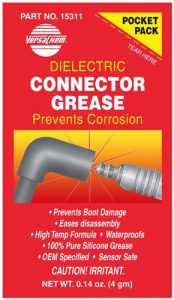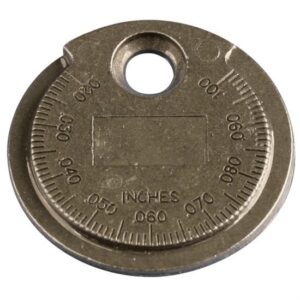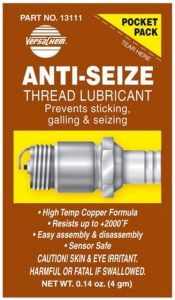Many ATS-V owners have installed colder spark plugs and were surprised to have a misfire under boost. We’re going to resolve this for you today.
In our experience, misfires under boost after spark plug changes are always caused by one of two factors. First, you should always reduce the spark plug gap when you increase boost. Turning up the boost increases cylinder pressure. It’s more difficult for the spark to jump the gap in a higher-pressure environment, so you solve this by reducing the plug gap. Stock LF4 spark plugs are gapped between .030 and .035″. This works great for OEM boost levels. However, when you increase your boost with an aftermarket tune your car will perform better with spark plugs gapped in the sweet spot of .026 to .028″.
The second cause of misfires under boost after changing spark plugs is failure to use dielectric grease. This grease prevents carbon tracking, which is when the spark arcs on the outside of the plug (inside the rubber boot). It does this because the air inside the boot provides less resistance than jumping the spark plug gap inside the highly pressurized cylinders. The higher your boost, the worse the problem. Coating the spark plug connector or lining the inside of the rubber boot increases the resistance along this path, forcing the voltage to jump across the spark plug gap in the proper manner.
When you replace the spark plugs, always apply anti-seize to the spark plug threads and dielectric grease on the inside of the coil pack connector boots. This will ensure the plugs can be easily removed in the future and displace air inside the robber boots, which will in turn prevent carbon tracking and misfires under boost.
In an attempt to move the entire community forward, Tapout Tuning will begin including packets of both dielectric connector grease and anti-seize lubricant at no charge with every spark plug order we ship.
#TapoutTakeover



Follow Us